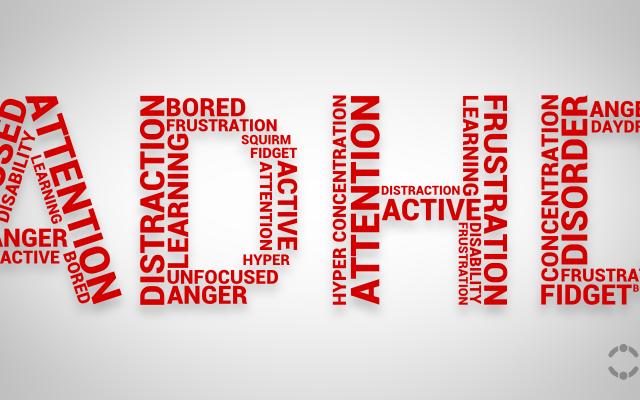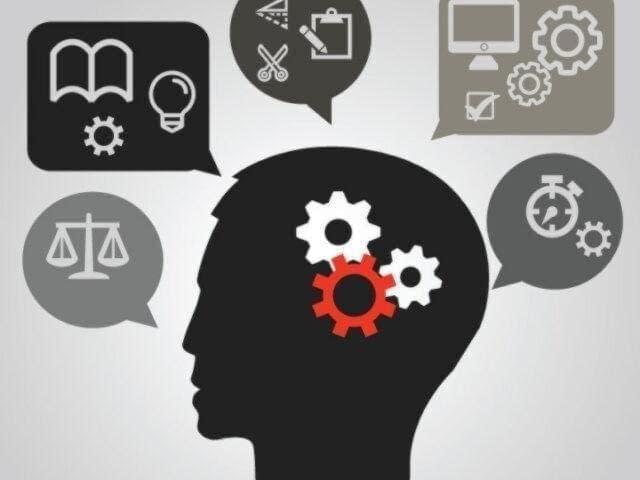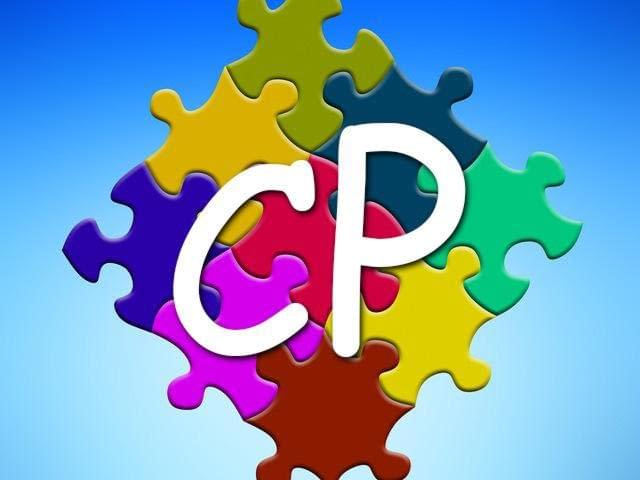What is a neuropsychological evaluation? The difference between psychological and neuropsyhological evaluations A standard psychological…

ADHD
There are several different classifications of attention-deficit/hyperactivity disorder (ADHD) involving a combination of or isolated challenges surrounding attention or hyperactivity and poor impulse-control. Although the diagnosis is always “ADHD” rather than its alternative ADD, the classification (e.g., ADHD, predominantly inattentive type) provides the specific type of symptoms the child is exhibiting.
A diagnosis of attention-deficit/hyperactivity disorder, predominantly inattentive presentation is given when the primary set of symptoms surrounds a deficit or limited ability to sustain and maintain one’s attention. The child may be easily distracted or rapidly shift from one thing/topic to another preventing him or her from staying on the task at hand. These children are generally described as forgetful, lose or misplace things, and need frequent reminders, prompts, and redirection. Some children with predominantly inattentive type have lower energy, decreased mood, lack motivation, and have difficulties with initiating tasks and following-through with projects. They tend to procrastinate or avoid what they believe to be daunting tasks (e.g., cleaning their room, end-of-term school projects, etc.). Many of these children struggle with following-through with parental requests, household responsibilities, and hygiene. Additionally, learning challenges are very often present.
A diagnosis of attention-deficit/hyperactivity disorder, predominately hyperactivity/impulsivity presentation is given when the primary set of symptoms surrounds excessive hyperactivity and very poor impulse control. These children struggle to wait their turn, frequently interrupt others, often grab items without permission, and are restless, fidgety, and on-the-go as if driven by a motor. As such, they struggle knowing how to act or behave in specific situations. They are often described as impatient, and may be disruptive in class, act out suddenly, or be overly bossy/controlling with their peers and siblings.
A diagnosis of attention-deficit/hyperactivity disorder, combined presentation is given when the child exhibits impairing symptoms surrounding both inattention and hyperactivity/impulsivity.
Interventions (e.g., psychotherapy, psychosocial rehabilitation) can often help to improve functioning and can teach the child effective ways to stay focused. The child will likely require frequent redirection from parents and teachers to stay on task, and may even need formal classroom accommodations. A highly structured and consistent environment, away from distractions will assist with learning. Occupational therapy is often recommended to assist with hyperactivity contributing to sensory-motor dysregulation. Medication may also be necessary depending upon the severity level, though should always be used in conjunction with behavioral intervention when possible.


